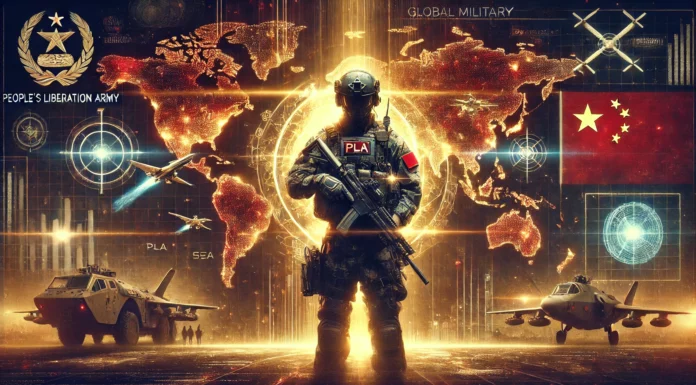A new family of Software Defined Radios (SDR) currently under development will provide a common platform for wireless applications, ranging from low cost, single purpose terminals, to multi-band, multi-mode, multi-channel voice/data radios supporting narrowband and wideband waveforms. JTRS family of tactical radios support provides line-of-sight and beyond-line-of-sight C4I capabilities. Covering the spectrum from 2 to 2000 MHz, JTRS will be capable of transmitting voice, video and high-speed data. The program is being developed in several “Clusters”, each addressing specific uses and requirements. Some of these clusters cover vehicular, airborne and portable configurations including manpack, handheld and Small Form Factor (SFF) – for a variety of mission requirements. The FCS combat formation, roughly equating to a small brigade, will combine vehicle- and helicopter-based JTRS radios, typically using the Wideband Networking Waveform (WNW), with personal communicator JTRS radios typically using the Soldier Radio Waveform (SRW), the latter addressing all the embedded applications associated with FCS.
JTRS Personal Role Radios and FCS
JTRS Cluster V focuses primarily on the Small Form Factor radio requirements of future land forces, which will be incorporated into existing and new equipment and systems. The embedded radio-on-the-man platform, for instance, will not have its own power source, but rely on the power package carried by the soldier as part of the Future Force Warrior system. These radios are under development with the Soldier Level Integrated Communications Environment (SLICE) program. Similar systems will also be integrated into unmanned applications such as Unattended Ground Sensors (UGS), Unmanned Aerial Vehicles (UAVs), small Unattended Ground Vehicles (UGV) and Intelligent Munitions, as part of the Future Combat family of Systems (FCS) family of systems.
SLICE uses technologies and waveforms derived from the DARPA’s Small Unit Operation-Situational Awareness System, optimized as a personal role radio, for small, low power devices. The system is expected to mature by 2006. Systems conforming to the Soldier Radio Waveform (SRW) will operate at frequencies between 450Mhz and 1000Mhz at Band 2 and 1 from 350Mhz to 2700Mhz in Band 3. Standard SRW will operate in a single channel for intrateam network while “leader’s radios” will support both channels and enable links to command and control networks. Other applications of SFF radios include Blue Force Tracking and Combat ID. SRW radios are designed to deliver an instantaneous burst data rate ranging from 450Kbps to 1.2Mbps and 2Kbps to 23.4Kbps, under a low-probability of intercept “stealth” mode which will be almost immune from detection by enemy electronic surveillance. Another waveform planned for integration in Cluster 5 radios is the support of cellular network – under Mobile User Objective System (MUOS) waveforms. This capability will also support UHF DAMA protocols for satellite communications.
JTRS Cluster V is under development by an industry team headed by General Dynamics Decision Systems with BAE Systems, Rockwell Collins and Thales Communications Inc. (TCI), supported by Motorola, Vanu, Agile Communications, Altera and RedZone Robotics.



















